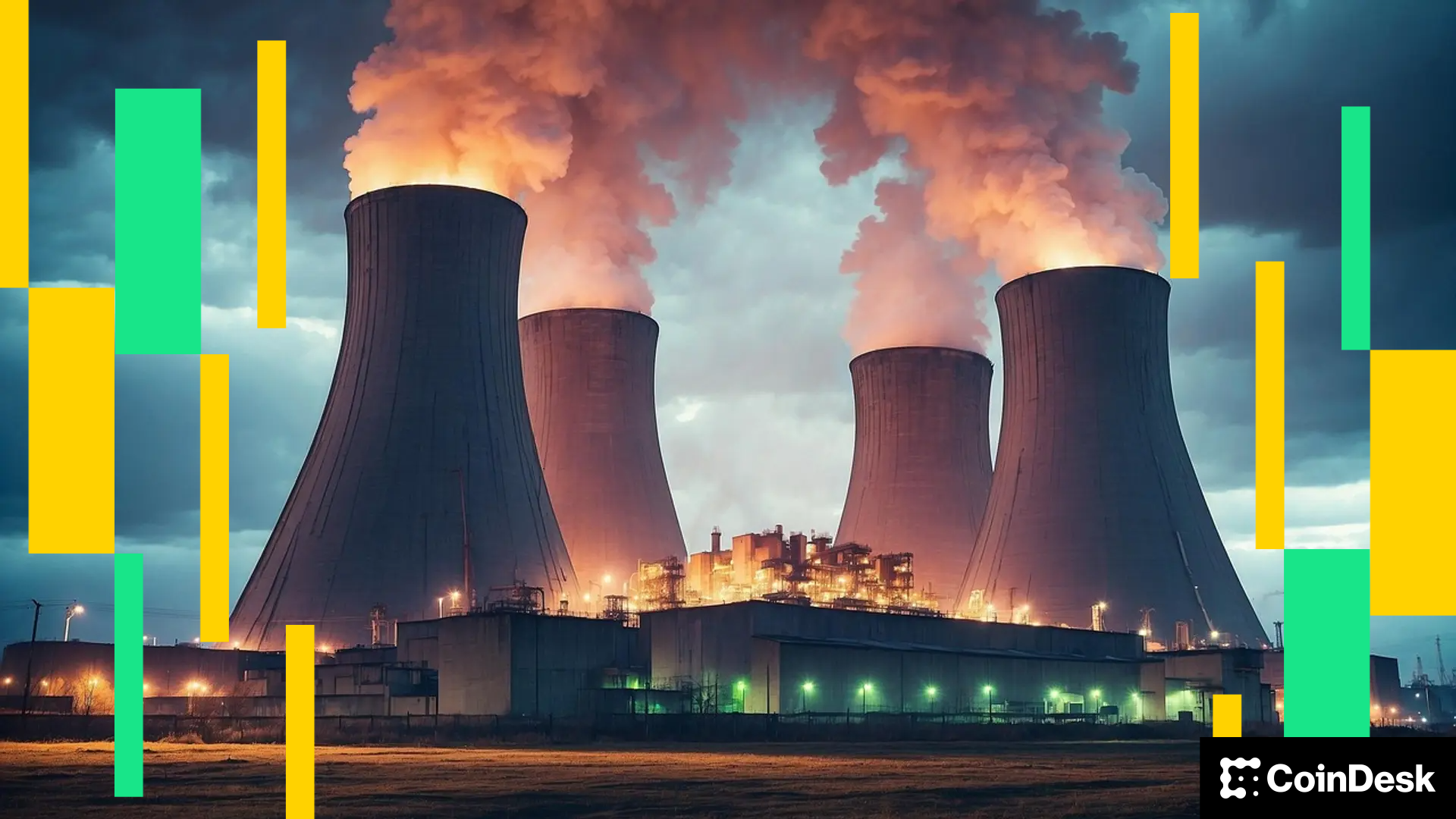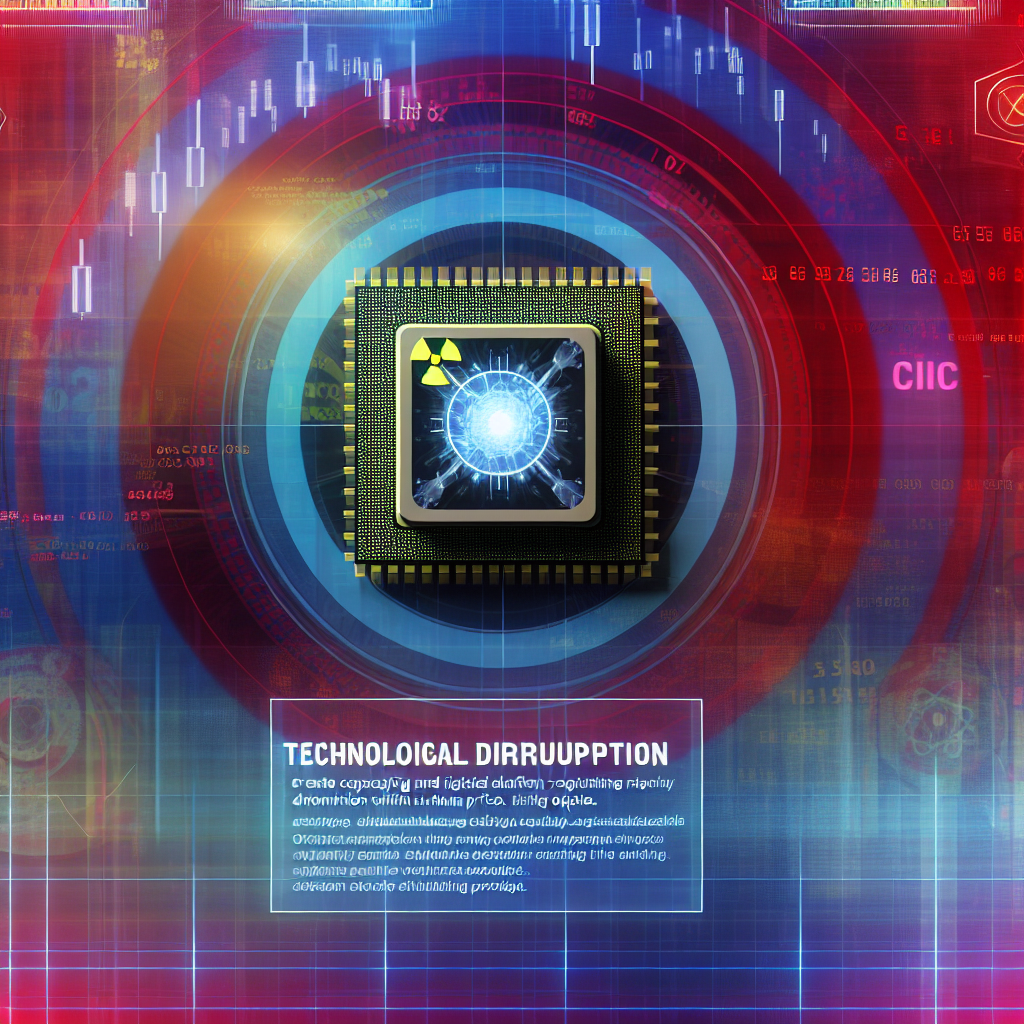
The cryptocurrency sector isn’t solely focused on ETFs and price surges; it also aims to rectify real-world market inefficiencies. The introduction of Uranium.io’s near-real-time uranium pricing oracle exemplifies this goal.
Uranium.io, a platform dedicated to tokenizing Uranium, launched its pricing oracle on Tuesday to mitigate the price transparency challenges within the uranium market.
In contrast to oil, gold, base metals, and agricultural commodities, uranium pricing has historically depended on over-the-counter transactions—privately negotiated and fragmented dealings that leave market participants uninformed. This lack of a dependable real-time market action metric has fostered inefficiencies and uncertainties, hindering widespread market participation.
Uranium.io’s oracle revolutionizes the landscape by consolidating data from numerous market sources, including spot price feeds, nuclear-sector equities, commodity funds, and related assets.
The proprietary system employs advanced algorithms to refresh uranium spot price estimates every 60 seconds, delivering a nearly live pricing apparatus that reflects the intricate dynamics of uranium fluctuations.
“Although uranium trades privately, its valuation is perpetually being assessed in public markets via related assets such as uranium ETFs, mining stocks, and specialized funds. Our oracle leverages statistical modeling to distill these pricing signals into a near-real-time uranium spot price estimate. This is analogous to how other commodity benchmarks function, collating signals from related markets to establish dependable price references,” stated Ben Elvidge, Head of Commercial Applications at Trilitech and Product Lead for Uranium.io, in an interview with CoinDesk.
Uranium.io is a blockchain-driven initiative aimed at democratizing the uranium market. The platform allows both individual and institutional investors to trade and possess fractional shares of physical uranium (U₃O₈), commonly referred to as “yellow cake,” thus providing transparent access to a market historically governed by large institutions.
Each xU308 token corresponds to actual, physical uranium housed in a regulated facility managed by Cameco, the world’s leading publicly traded uranium company, located in Saskatoon, Saskatchewan, Canada.
The tokenization process commences once the physical uranium is verified and registered on the Tezos blockchain, encompassing its physical attributes, storage locations, and regulatory approvals. A smart contract is then generated to signify the uranium asset digitally on the blockchain, after which tokens are minted.
Arthur Breitman, co-founder of Tezos, remarked that the pricing oracle will spark a virtuous cycle of infusing efficient pricing data into the market, thereby improving liquidity and market efficiency.
“Price discovery for uranium isn’t limited to the uranium spot markets but extends across a diverse range of economically related assets. The oracle initiates a virtuous cycle by introducing this information back into the uranium market, which can consequently enhance its liquidity and facilitate improved price discovery in the spot market,” Breitman noted in a press release shared with CoinDesk.
Spot Uranium ETF outshines BTC
While individual investors usually cannot directly own physical uranium, they have gained exposure through financial instruments like uranium futures and exchange-traded funds (ETFs), which have yielded considerably higher returns than bitcoin this year.
For example, the Global Uranium ETF (URA) has soared by 71% this year, surpassing the performance of notable ETFs such as BlackRock’s bitcoin ETF, IBIT, which has increased by 27%, highlighting the rising investor interest and robust performance potential in uranium-related assets.
The global uranium market has traditionally been fragmented and restricted, particularly for retail investors who encounter substantial barriers to directly holding physical uranium.
This is mainly attributable to uranium’s links to nuclear weapons and stringent regulatory measures. Nevertheless, uranium remains a crucial element at the core of the clean energy transition, fueling nuclear reactors that deliver low-carbon electricity worldwide.

